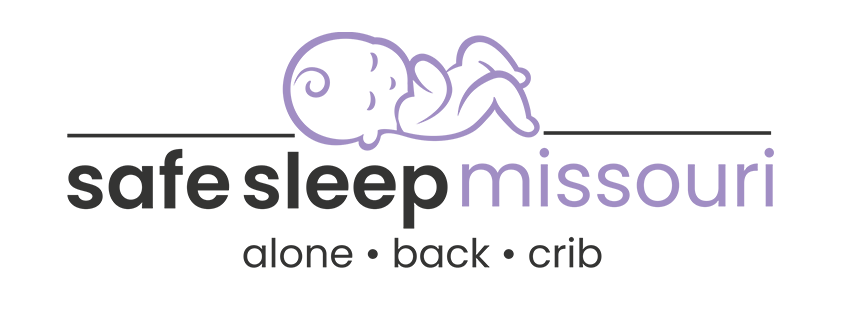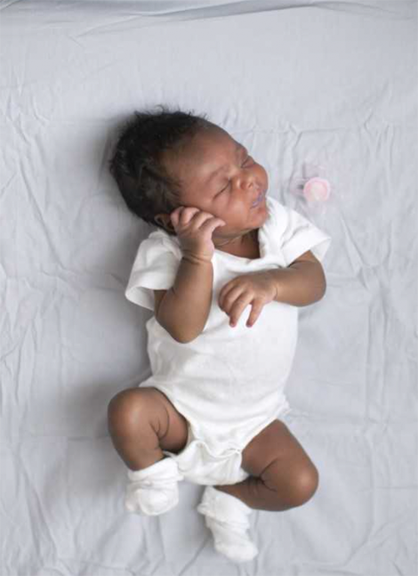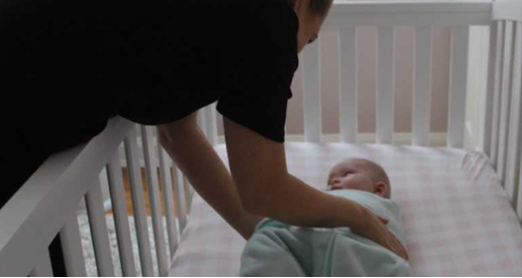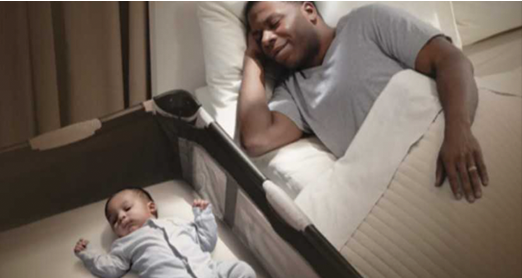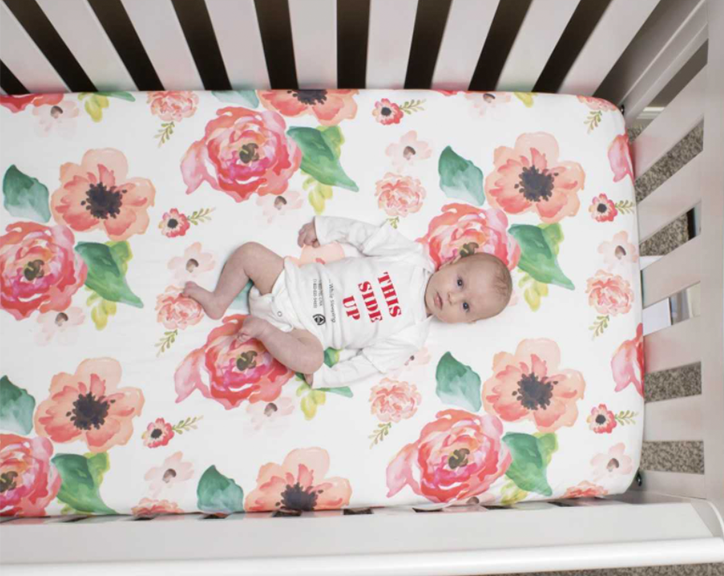What is safe sleep?
Babies sleep safest Alone, on their Backs, in a Crib for nighttime, nap time and every time.
Sleep-related infant death is the leading cause of infant mortality from one month to one year of age. Sleep-related infant death can result from unintentional suffocation/strangulation. The best way to prevent sleep-related deaths is for all parents and caregivers to provide a safe sleeping environment for infants.
Safe Sleep should not be confused with Sudden Infant Death Syndrome (SIDS). Sleep related deaths are almost entirely preventable; true SIDS deaths are not. With continued education we are learning that many infant deaths that would have previously been identified as SIDS are now being determined as sleep-related deaths.
To prevent sleep related infant deaths, practice your ABCs for every sleep.
What we know about sleep-related infant death has changed over the years.
In the past, many sleep-related deaths were defined as Sudden Infant Death Syndrome (SIDS), but now new categories have been added to more-precisely define the different causes of sleep-related deaths.
We now know that many babies actually die from accidental suffocation and strangulation in bed
